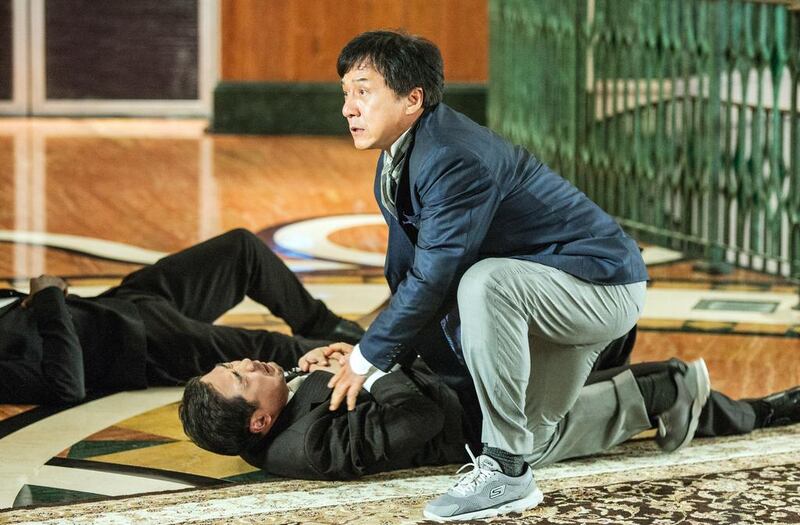It is hard to believe that in 2017, India is still being portrayed as a land of snake charmers and levitating babas.
Jackie Chan's latest action film, Kung Fu Yoga, is the first film released as part of a three-movie agreement signed by the Indian and Chinese governments when Chinese president Xi Jinping visited India in 2014.
Yet it appears little or no effort was made to research present-day India – the portrayal of the country is reminiscent of what you might have seen in a Hollywood film in the 1970s or ’80s and has attracted significant criticism.
The India portrayed in the film is so stereotyped it is painful to watch. A fully decked elephant walks around a marketplace, men wear huge turbans, a man with a big moustache shows off the “great Indian rope trick”, and there are snake charmers and levitating babas everywhere.
It is no wonder that Viacom18, the Indian production partner, pulled out of the film, allegedly because they were not being given enough say in its making.
The stereotyping is not limited to India. The film was partly filmed in Dubai, and its portrayal of Arab life and culture is also flawed.
While the whole “all Arabs are crazy rich” notion is reinforced many times, the most incredulous example is when Jackie Chan steals a car – only to find there is a fully-grown lion, ironically named Little Jackie, lounging in the back seat. Of course it responds when spoken to in Arabic.
I can understand why many Indians are outraged by the portrayal of our country in the film.
I am even more outraged that the producers chose actors such as Sonu Sood and Disha Patani as an example to the world of Indian actors.
Between Sood’s dated dialogue and constipated look, and Patani’s cringeworthy English enunciation, they did no favours to Indian talent – even Jackie Chan looked like a better dancer than them.
ajhurani@thenational.ae






